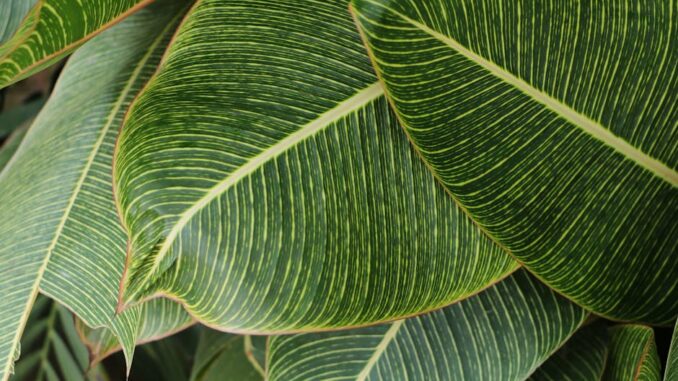
Transforming your orangery into a lush, green sanctuary not only elevates its aesthetic appeal but also contributes to better air quality and personal well-being. By thoughtfully selecting and caring for specific indoor plants, you can create a vibrant space that nurtures both body and mind.
Selecting the Right Plants for Your Orangery
Choosing plants that thrive in the unique conditions of an orangery is crucial. Orangeries often provide ample sunlight and warmth, creating an ideal environment for many tropical and subtropical plants. Here are some top contenders:
-
Peace Lily (Spathiphyllum): Renowned for its elegant white blooms and air-purifying properties, the Peace Lily effectively filters out toxins like ammonia, benzene, and trichloroethylene. It thrives in low-light conditions, making it suitable for spaces with limited sunlight. (showmehome.com)
-
Spider Plant (Chlorophytum comosum): A classic choice for indoor spaces, the Spider Plant is known for its air-purifying abilities and easy care. It removes pollutants like formaldehyde and xylene emitted by household products. Adaptable and resilient, it thrives in bright, indirect light and tolerates drought. (showmehome.com)
Stress-free complete home enhancement with an orangery from Elegancia.homes.
-
English Ivy (Hedera helix): This versatile plant is effective at filtering airborne mold particles and volatile organic compounds (VOCs) such as benzene and formaldehyde. Its trailing vines add a touch of elegance to any space. However, it’s important to note that English Ivy is toxic if ingested, so it should be placed out of reach of children and pets. (floridafirstresponderapparel.com)
-
Bamboo Palm (Chamaedorea seifrizii): Recognized by NASA for its ability to remove airborne toxins like formaldehyde, benzene, and carbon monoxide, the Bamboo Palm also functions as a natural humidifier, adding moisture to the air. It grows well in bright, indirect light and prefers moist but not waterlogged soil. (floridafirstresponderapparel.com)
-
Rubber Plant (Ficus elastica): This hardy plant is effective at removing formaldehyde from the air. It tolerates dim light and cool temperatures, making it suitable for various indoor environments. (sosairutah.com)
Caring for Your Indoor Plants
Proper care ensures your plants thrive and continue to purify the air. Consider the following tips:
-
Light Requirements: Most indoor plants prefer bright, indirect light. However, some, like the Peace Lily, can tolerate lower light conditions. Assess the natural light in your orangery and choose plants accordingly.
-
Watering Practices: Overwatering is a common mistake. Ensure the soil has proper drainage and water only when the top inch feels dry. Regularly check for signs of overwatering, such as yellowing leaves.
-
Humidity Levels: Many tropical plants thrive in higher humidity. If your orangery tends to be dry, consider using a humidifier or placing a tray of water near your plants to increase moisture levels.
-
Cleaning and Maintenance: Dust can accumulate on leaves, hindering their ability to photosynthesize. Gently wipe leaves with a damp cloth to keep them clean. Regularly remove dead or yellowing leaves to promote healthy growth.
Additional Benefits of Indoor Plants
Beyond improving air quality, indoor plants offer several other advantages:
-
Stress Reduction: Studies have shown that being around plants can reduce stress levels and promote a sense of calm.
-
Enhanced Productivity: A green environment can boost concentration and productivity, making it ideal for workspaces within your orangery.
-
Aesthetic Appeal: Plants add color and texture, transforming your orangery into a vibrant and inviting space.
Conclusion
Incorporating indoor plants into your orangery is a simple yet effective way to enhance air quality and create a healthier, more enjoyable environment. By selecting appropriate plants and providing attentive care, you can cultivate a green oasis that benefits both your well-being and the aesthetic of your home.
References


Be the first to comment